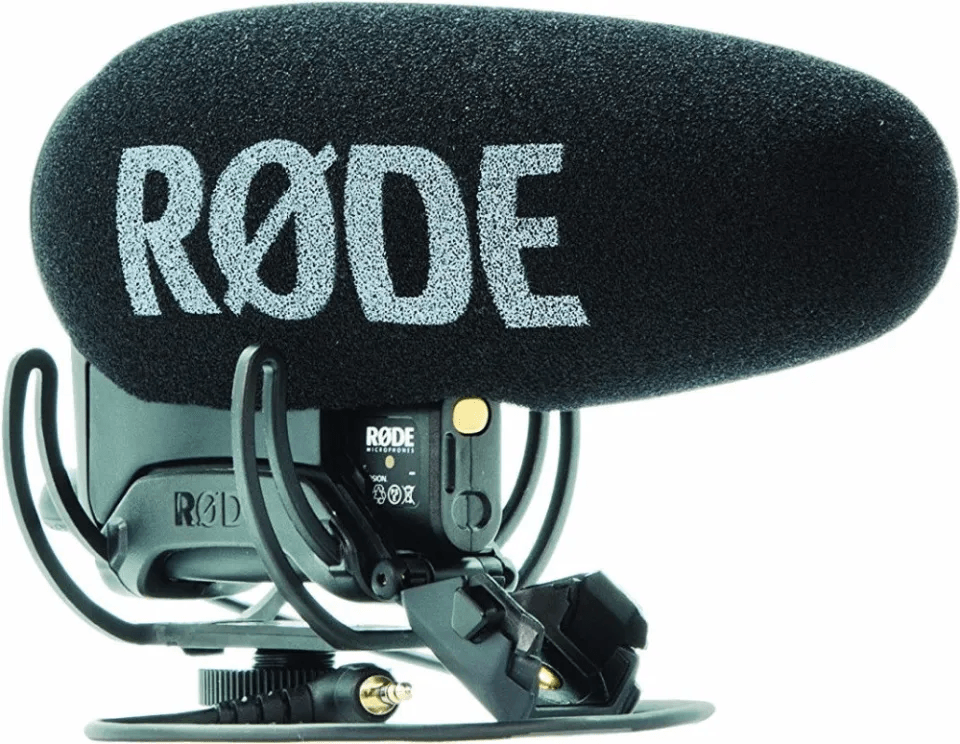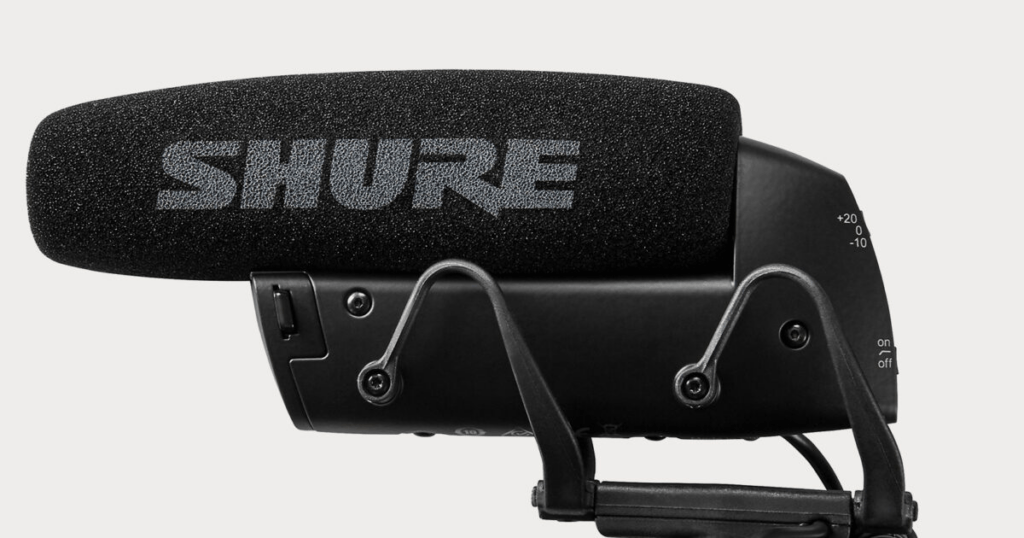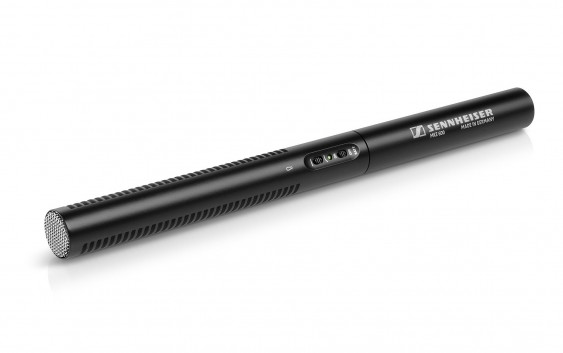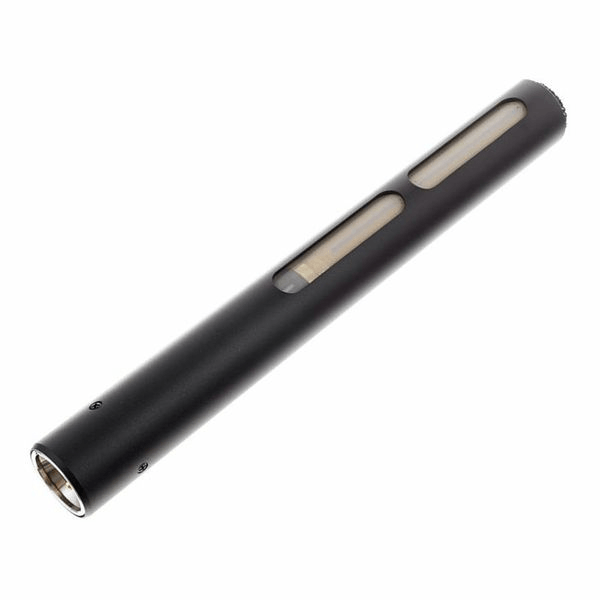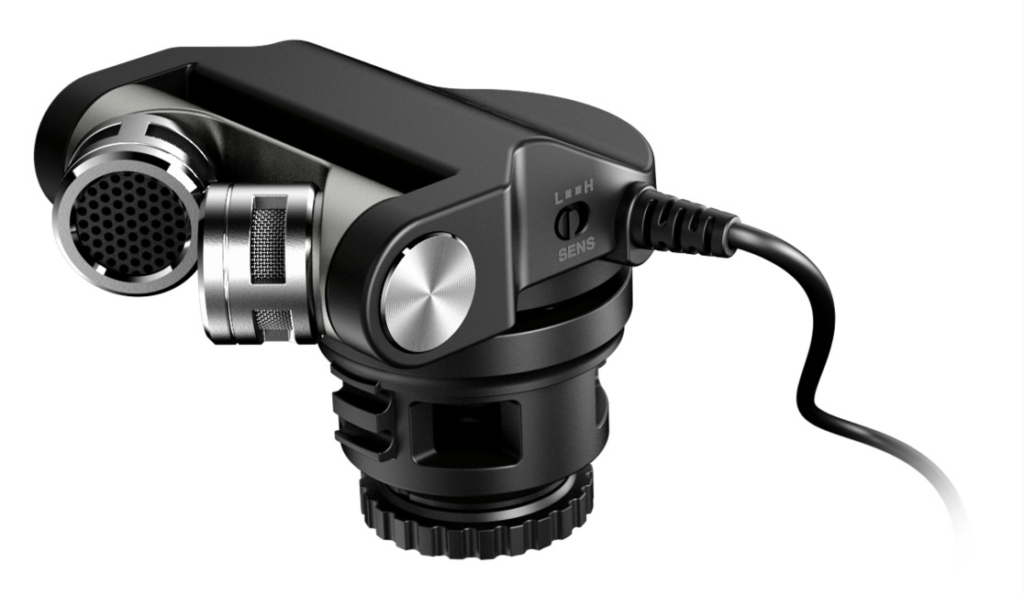Capturing clear, crisp audio is just as crucial as nailing that perfect shot when creating visually stunning content with your DSLR camera. While built-in microphones have improved, there’s no match for the superior sound quality that an external microphone can provide. Whether you’re an aspiring vlogger, a seasoned videographer, or someone looking to elevate your video production, adding an external microphone to your kit is a game-changer. In this listicle review, we’ll dive into the best DSLR camera external microphones on the market, ensuring your videos not only look great but sound impeccable too. When selecting the best DSLR camera external microphone, there are several key criteria to consider to ensure clear, high-quality audio recordings. Here’s a list of the most critical factors: By evaluating these criteria, you can choose an external microphone that significantly improves your DSLR’s audio recording capabilities. Here’s a simplified table breaking down these key specifications for each product: Notes: Prices can vary depending on the retailer and current market conditions, so this provides a rough range for comparison purposes. Please note that for an actual purchase decision, this table should be accompanied by a more detailed look at user reviews, brand reliability, warranty provisions, and specific needs, like the filming environment and the type of DSLR camera being used. The Rode VideoMic Pro+ is a compact shotgun microphone designed to enhance the audio quality of your videos significantly. It’s my go-to mic for almost any videography situation due to its outstanding performance and versatile features. This microphone ensures that your recordings are crystal clear, thanks to its supercardioid pickup pattern which does an excellent job at isolating the sound from the subject while minimizing background noise. One of the standout features for me is the automatic power function, which means it turns on with your camera—no more missed audio because you forgot to switch the mic on! Specs Pros: Cons: Price While the Rode VideoMic Pro+ is one of the more expensive external microphones for DSLR cameras on the market, typically retailing around $250 to $300, I find that the quality and convenience it offers are well worth the investment. If you’re serious about your audio quality and want a reliable, user-friendly option, this microphone is certainly a top contender to consider. Overview: Specs: Pros: Cons: Price: Personal Opinion: Overview: One of the most striking features of the MKE 600 is its ability to deliver clear audio in even the noisiest environments. The microphone comes with a low-cut filter that combats wind noise, which is perfect when you’re shooting outdoors. It’s solidly built as well, with a metal housing that inspires confidence in its durability, and it feels like a piece of professional gear without being too bulky or intimidating for novice users. Specs: Pros: Cons: Price: Keep in mind, the above review is a personalized, subjective take based on the notion of what’s typically expected from an external DSLR microphone. It’s important for potential buyers to consider their specific needs, compatibility with their camera gear, and any additional accessories they may need to get the best out of their chosen microphone. The Audio-Technica AT875R is a shotgun microphone designed primarily for video production and broadcast audio acquisition. It stands out in its field for being compact, allowing it to be easily mounted on DSLR cameras without becoming cumbersome. This mic is particularly well-regarded for its ability to focus on the sound in front of it, minimizing surrounding noise – a feature that is necessary when shooting in busy environments. My impression of the AT875R is that it champions clarity and rejects unwanted noise with vigor. Its lightweight nature doesn’t betray the sound quality, which remains robust and professional. During tests inside and outdoor, it delivered consistently clear audio, proving its worth as a vital tool for videographers in need of reliable audio recording. Moreover, its ease of use makes it suitable for both seasoned professionals and enthusiastic amateurs. Specs Pros: Cons: Price The Audio-Technica AT875R sits at a mid-range price point, usually found for around $169. Considering its performance, I find it to be a smart investment for those who need a boost in audio quality without breaking the bank. In conclusion, this microphone is a no-nonsense workhorse for those in search of better audio for their video projects. Its focus on capturing what’s in front of the lens makes it a savvy pick for interviews, vlogs, and indie films. The professional sound it serves up, combined with its inconspicuous size, makes it a superb companion for your DSLR’s video capabilities. The Tascam TM-2X is a compact and highly regarded stereo microphone specifically designed for use with DSLR cameras. This mic is praised for its ability to capture natural and clear stereo sound, which makes it a fantastic entry-level choice for filmmakers, vloggers, and any content creators who want to upgrade their audio game without the complexity often associated with professional-grade audio equipment. What stands out with the TM-2X is its ease of use. It attaches directly to the camera’s hot shoe and plugs into the mic input, requiring no separate power source which is a blessing for those who are always on the go. It’s also equipped with a floating structure that significantly reduces handling noise, a pain point with many DSLR mics. The included noise isolation arm helps to mitigate lens operation noise, ensuring that the sound you capture is focused on the subject and not the camera itself. Specs: Pros: Cons: Price: Speaking from experience, the price-to-performance ratio of the Tascam TM-2X is impressive. It typically falls somewhere in the budget range of external DSLR microphones, making it a great value proposition for those looking to significantly boost their audio quality without breaking the bank. You’ll likely find it selling at a price point that is a solid investment for those just stepping into enhanced audio for video. The Tascam TM-2X brings a lot to the table for aspiring videographers, particularly those who are working within a tight budget but don’t want to compromise on sound quality. When stacked against its competitors, the TM-2X offers a blend of user-friendliness, decent sound quality, and portability that many will find appealing. It’s not the top end of external microphones, but for someone starting out or working on projects where the sound environment isn’t wildly complex, it could be just the right tool for the job. Conclusion: To sum up, selecting the best DSLR camera external microphone depends on your specific needs, whether it’s for vlogging, interviews, or filmmaking. Factors such as sound quality, durability, portability, and ease of use are crucial. Our curated list should guide you towards finding a microphone that not only captures crisp, clear audio but also enhances your video production without breaking the bank. Remember to consider compatibility with your camera, the pickup pattern, and any additional features like shock resistance or wind protection for outdoor recording. FAQs: 10 Kv Dry Type Transformer,Energy Efficient 10 Kv Dry Type Transformer,Energy Saving 10Kv Dry Type Transformer,High Efficiency Special Dry Type Transformer Tianhong Electric Power Technology Co., Ltd , https://www.tianhongtransformer.com
Microphone Model Approx. Price (USD) Polar Pattern Frequency Response Sensitivity Power Requirements Connectivity Special Features Rode VideoMic Pro+ $250-300 Supercardioid 20Hz – 20kHz -33.6dB re 1V/Pa Rechargeable battery, 2x AA batteries 3.5mm TRS Automatic power function, safety channel Shure VP83 LensHopper $200-250 Supercardioid 50Hz – 20kHz -36.5 dBV/Pa 1x AA battery 3.5mm TRS Integrated Rycote Lyre shock mounting Sennheiser MKE 600 $300-350 Supercardioid 40Hz – 20kHz -21 dBV/Pa AA battery or Phantom Power (48V) XLR (requires 3.5mm adapter for DSLR) Switchable low-cut filter Audio-Technica AT875R $150-200 Line + gradient 90Hz – 20kHz -30 dBV/Pa Phantom Power (11-52V) XLR Short length for use on DSLR Tascam TM-2X $100-150 Cardioid 50Hz – 20kHz -42 dBV/Pa (at 1kHz) No external power required 3.5mm TRS Switchable low-cut filter, noise isolation arm Rode VideoMic Pro+
Shure VP83 LensHopper
The Shure VP83 LensHopper strikes me as the ideal companion for on-the-go videographers who demand high-quality audio without the bulk. The compact yet sturdy design ensures that the VP83 doesn’t protrude into your shots and its simplicity allows for seamless integration with a range of DSLR cameras. The sound quality captured by this microphone is impressive, owing to Shure’s long-standing reputation in the audio industry. Its focus on capturing frontal audio means your subjects come through clear and defined, while it suitably rejects off-axis sound, minimizing the intrusion of background noise.
The Shure VP83 LensHopper is generally priced between $200 to $250, depending on where it’s purchased. Given its quality and performance, the price feels justified, though it remains an investment for those serious about their audio capture.
I am quite taken with the Shure VP83 LensHopper’s ability to upgrade the audio quality of any video significantly. The microphone feels tailored for journalists, vloggers, or any content creator who needs reliable and excellent audio in a diverse array of settings. Its straightforward operation allows you to concentrate on the visual aspects of your shoot, knowing that the audio is being expertly handled by this nifty little powerhouse. I’d definitely recommend it to any videographer looking to step up their audio game without dealing with overly complex setups.
Title: Best DSLR Camera External Microphones: An Expert’s Guide
Sennheiser MKE 600
When you think of capturing crisp, cinema-quality audio with your DSLR camera, the Sennheiser MKE 600 should come to mind. This microphone has been making waves in the world of videography for its exceptional directional pickup pattern, minimizing background noise while focusing on the subject at hand, which is a godsend for indie filmmakers and vloggers alike.
The Sennheiser MKE 600 typically floats around $329. While not the cheapest option available, investing in this mic means your audio quality takes a significant leap forward. Remember the adage “you get what you pay for� This is the embodiment of that saying, as the quality and performance are beyond reproach, making it well worth the cost.Audio-Technica AT875R
Tascam TM-2X
Most DSLR cameras feature a 3.5mm microphone jack that allows the connection of an external microphone. However, it’s best to check your camera’s specifications to ensure compatibility.
An external microphone typically provides superior sound quality compared to a built-in microphone, allowing for clearer and more professional audio recording, especially in noisy environments or when the subject is not close to the camera.
Often, no additional equipment is needed if your camera has a microphone input. Some microphones may require a shock mount, stand, or wind protection for optimal performance.
